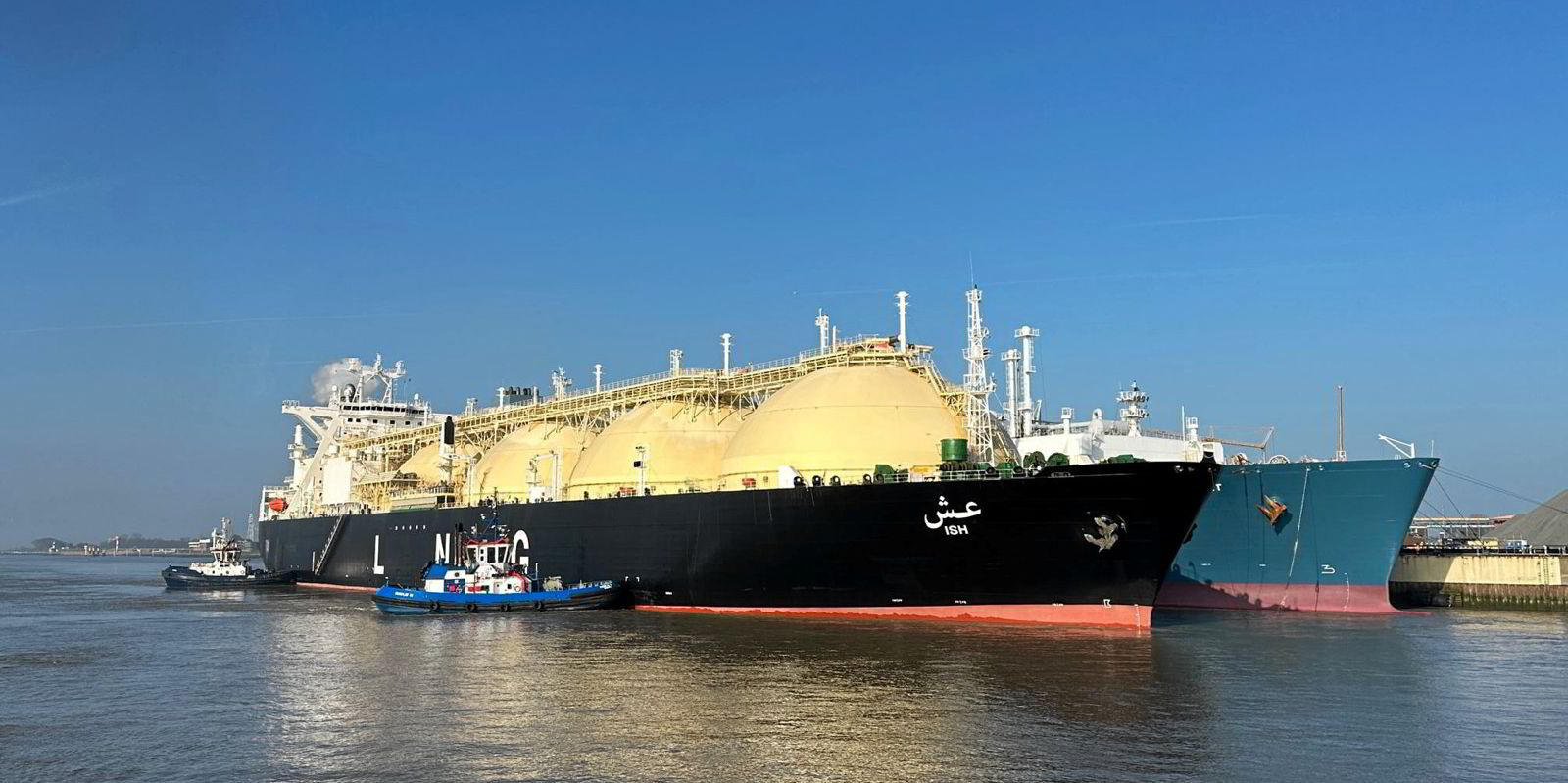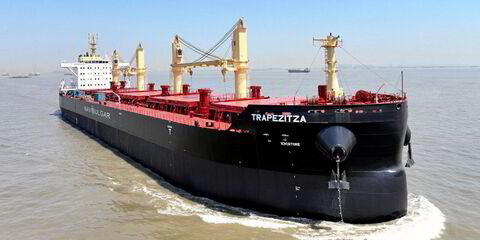The global trade in LNG reached a record high last year as Europe looked to replace pipeline natural gas imports from Russia following its invasion of Ukraine.
Volumes averaged 51.7bn cubic feet per day (bcf/d) a 5% increase compared with 2021, according to data by CEDIGAZ, the international association for natural gas.
Liquefaction capacity additions, primarily in the US, also drove growth in global LNG trade, according to the US Energy Information Administration (EIA).
US LNG exports in 2022 increased by 16% to 10.2 Bcf/d compared with 2021, the largest increase of all LNG-exporting countries.
In the first half of 2022, after the new Calcasieu Pass LNG export facility was commissioned, the US became the world’s top LNG exporter for the first time.
However, because the Freeport LNG export terminal shut down, US LNG exports declined in the second half of the year.
In 2022, Qatar and Australia remained the top two global LNG exporters. Qatar’s exports averaged 10.5 Bcf/d, and Australia’s exports averaged 10.4 Bcf/d.
The EIA said LNG exports increased by a combined 1.3 Bcf/d from Malaysia, Norway, Trinidad and Tobago, Russia, Oman, and Equatorial Guinea.
In contrast, LNG exports from Algeria and Nigeria fell by a combined 0.5 Bcf/d as both countries continued to experience issues with domestic natural gas production, which is used as a feedstock at LNG export facilities.
Among LNG-importing regions, Europe had the largest increase in LNG imports globally, increasing by 65% compared with 2021, the EIA said.
“LNG imports into EU-27 countries and the UK increased substantially in 2022—by 73% compared with 2021—replacing imports by pipeline from Russia,” the US agency said.
“Five countries—France, the UK, Spain, the Netherlands, and Belgium—increased LNG imports by a combined 5.4 Bcf/d, accounting for 85% of the total increase.”
Japan, which was the top LNG importer for 50 years until China surpassed it in 2021, resumed its position as the top LNG importer.
“The decline in China was due, in part, to its zero-COVID policies, increased imports by pipeline from Russia, and higher use of coal,” the EIA said.
Other Asian countries, particularly those that rely more on global LNG spot markets, reduced spot purchases because of record-high LNG prices last year.
The EIA said LNG imports into India, Pakistan, and Bangladesh declined by a combined 18% in 2022 compared with 2021.
In Latin America, Brazil had the largest decrease in LNG imports—70%—mainly because the higher availability of electricity from hydropower generation reduced demand for natural gas-fired electricity generation in 2022 compared with 2021.





